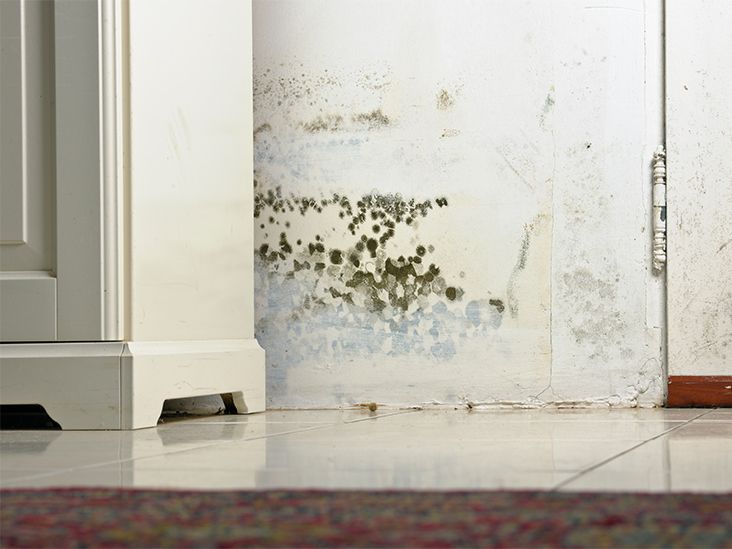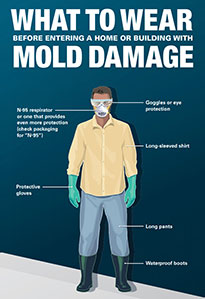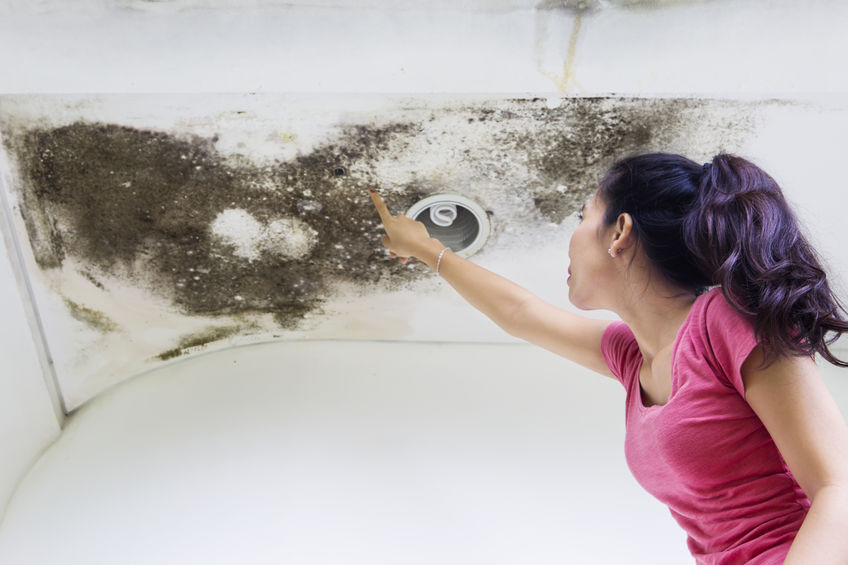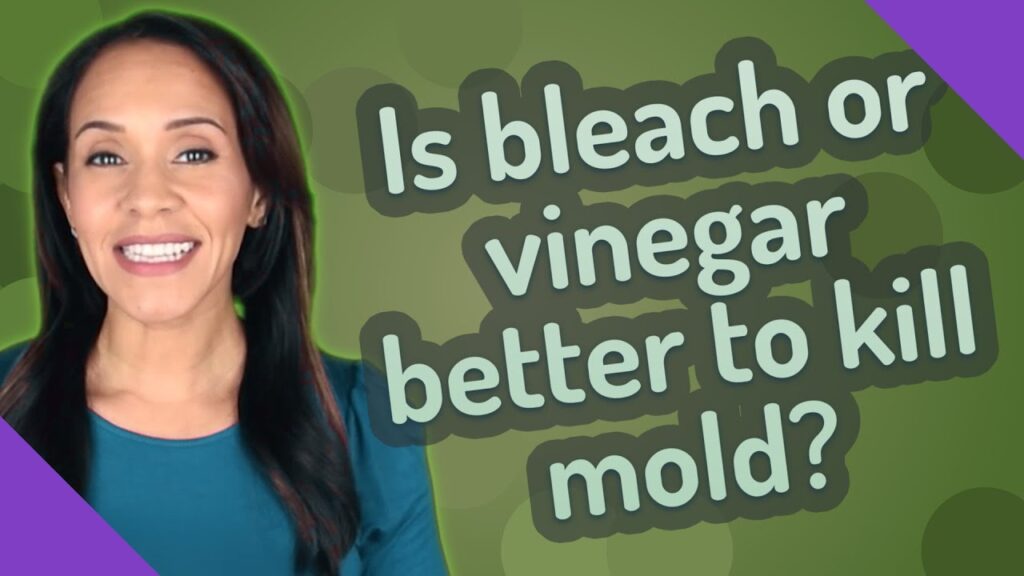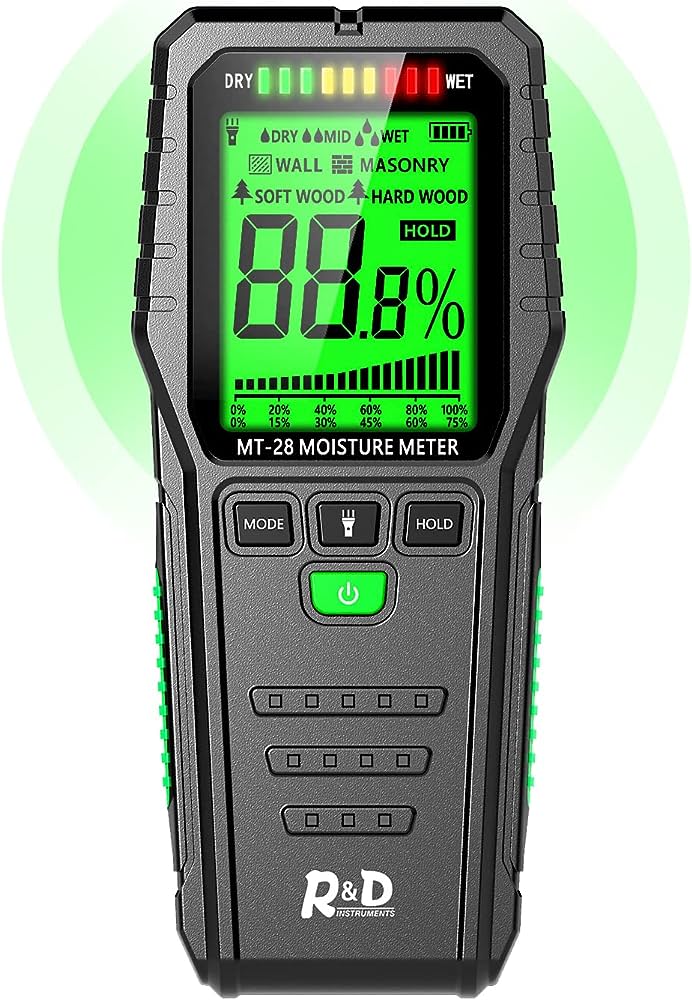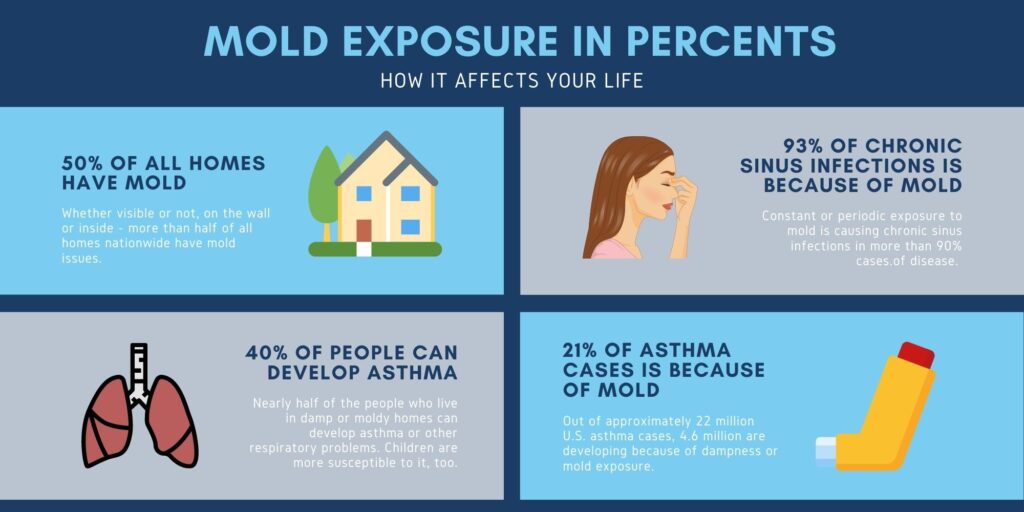If you’ve ever faced a mold problem in your home, you know how concerning it can be. Mold not only poses health risks, but it can also cause damage to your property. One area commonly affected by mold growth is drywall. But just how long does it take for mold to wreak havoc on this building material? In this article, we will explore the timeline of mold’s destruction on drywall, providing insights and tips to help you prevent and address this issue effectively.
How long does it take for mold to destroy drywall?
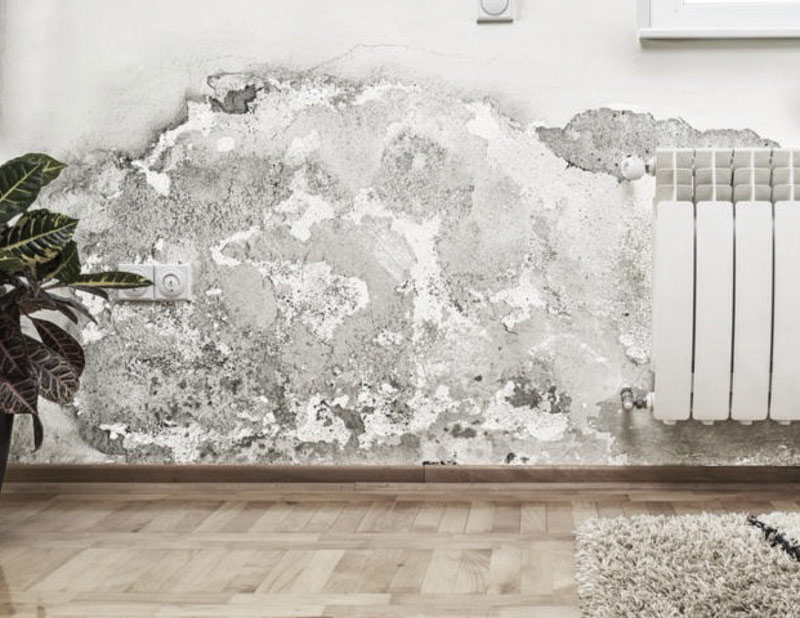

Understanding the basics of mold growth
Mold is a type of fungus that thrives in moist environments and can cause damage to various materials, including drywall. In order for mold to grow, it requires specific conditions such as moisture, nutrients, and a suitable temperature range. Mold spores, which are tiny airborne particles, can easily spread and settle on surfaces, including drywall. Once the spores find a moist area, they can begin to grow and form colonies, leading to mold infestation.
Factors affecting the growth and spread of mold
Several factors can influence the growth and spread of mold on drywall. The presence of a water source, such as a leak or high humidity levels, is a crucial factor in mold development. Additionally, the humidity and temperature levels in the environment play a significant role. Poor ventilation and lack of air circulation can contribute to the growth of mold. The type and age of the drywall material can also impact its susceptibility to mold. Other contributing factors may include poor insulation, inadequate maintenance, and the presence of other mold-infested materials nearby.


Initial signs of mold infestation on drywall
Detecting mold infestation on drywall in its early stages is essential to prevent further damage. Some initial signs of mold growth include visible discoloration and staining on the surface of the drywall. You may also notice a musty odor in the affected area, which is a common indicator of mold presence. As mold continues to grow, the paint on the drywall may start to peel or bubble. Another visible sign of mold infestation is the development of mold spores on the surface, which may appear as black, green, or brown patches.
Timeframe for mold growth on drywall
The timeframe for mold growth on drywall can vary depending on several factors. In rapid mold growth conditions, such as high humidity and warm temperatures, mold colonies can develop within 24 to 48 hours. However, in average conditions, mold growth on drywall usually becomes noticeable within 1 to 2 weeks. The timeline can further vary depending on the moisture levels present and the specific type of mold spores present in the environment. It is important to address any signs of mold growth promptly to prevent further damage to the drywall and potential health risks.
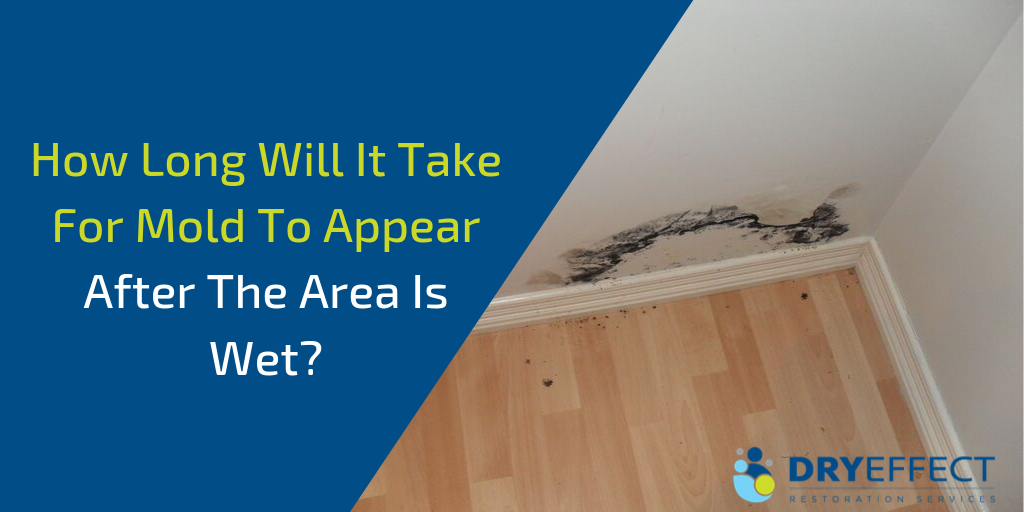

The progression of mold damage on drywall
Mold damage on drywall can progress if left untreated. Initially, the mold may be limited to surface-level growth, which can lead to discoloration and staining of the drywall. However, if the moisture problem persists, the mold can penetrate deeper into the drywall, causing structural deterioration. As the mold continues to grow, it can affect areas beyond what is visible, spreading to the inner layers of the drywall. This can weaken the integrity of the drywall and potentially lead to extensive damage. If mold spreads to other surfaces, such as nearby walls or ceilings, it can further complicate the remediation process.
Health risks associated with mold-infested drywall
Mold-infested drywall can pose various health risks to individuals exposed to it. The presence of mold spores in the air can trigger respiratory issues and allergies, including coughing, wheezing, and nasal congestion. Some individuals may also experience skin irritation, rashes, and itching upon contact with mold. Individuals with compromised immune systems, such as those with asthma or underlying health conditions, may be more susceptible to adverse reactions from mold exposure. Certain species of mold, such as Stachybotrys chartarum (also known as toxic black mold), can produce mycotoxins that have the potential to cause severe health effects, including respiratory problems and neurological issues.
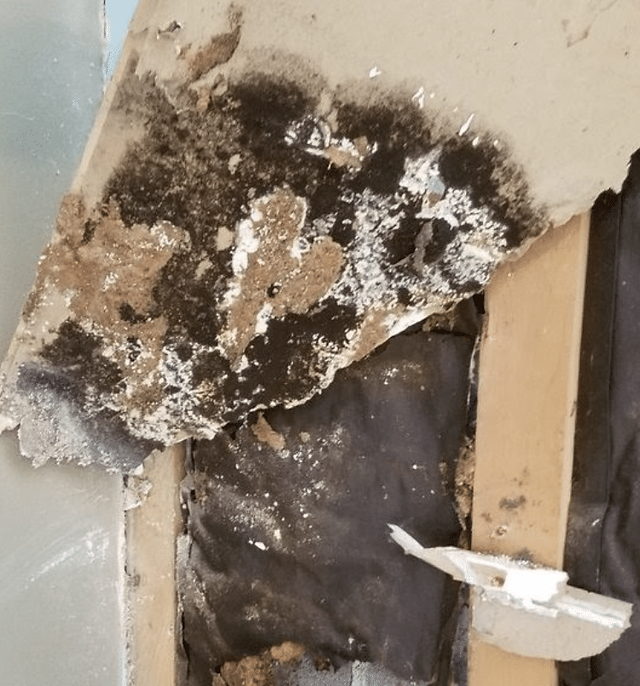

Preventing mold growth on drywall
Taking preventive measures can help in preventing mold growth on drywall. Effective moisture control is crucial, as it helps to eliminate the primary condition required for mold growth. Repairing any water leaks promptly and maintaining optimal humidity levels can significantly reduce the risk of mold infestation. Proper insulation and ventilation in the building can help to regulate moisture levels and prevent condensation on the drywall surface. Regular maintenance and inspections should be carried out to identify and address any potential moisture issues early on. Applying preventive treatments and coatings designed to inhibit mold growth can also be beneficial.
Effective techniques for mold removal from drywall
When faced with mold growth on drywall, it is essential to address it promptly and effectively. Before starting any mold removal process, proper safety precautions should be taken, including wearing protective gear and ensuring adequate ventilation in the area. Identifying the extent of mold damage is crucial to determine the appropriate removal technique. Small areas of mold can often be addressed through simple cleaning and disinfection using a mixture of water and detergent or a mold-specific cleaner. However, larger or more severe infestations may require professional remediation services using specialized equipment and techniques. Proper disposal of mold-infested materials is essential to prevent further contamination.


Professional remediation vs. DIY methods
Whether to opt for professional mold remediation or DIY methods depends on the severity and extent of the mold infestation, as well as the individual’s knowledge and capability to handle the situation. While small and contained mold growth on drywall can often be effectively addressed through DIY methods, larger or widespread infestations may require professional assistance. Certified mold remediation professionals have the expertise and equipment to handle complex situations safely and effectively. They can ensure thorough removal of mold from the drywall, minimize the risk of further damage, and provide appropriate measures to prevent future mold growth.
Conclusion
In conclusion, mold growth on drywall is a common issue that can lead to significant damage and potential health risks if not addressed promptly. Understanding the basics of mold growth, the factors affecting its development, and the signs of infestation are crucial in identifying and preventing mold damage. Timely action is vital to minimize the spread of mold on drywall and prevent further structural deterioration. Whether opting for DIY methods or professional mold remediation, it is essential to prioritize safety and follow proper techniques for effective mold removal. By taking preventive measures and maintaining a moisture-controlled environment, you can help ensure mold-free drywall and promote a healthy living environment.


